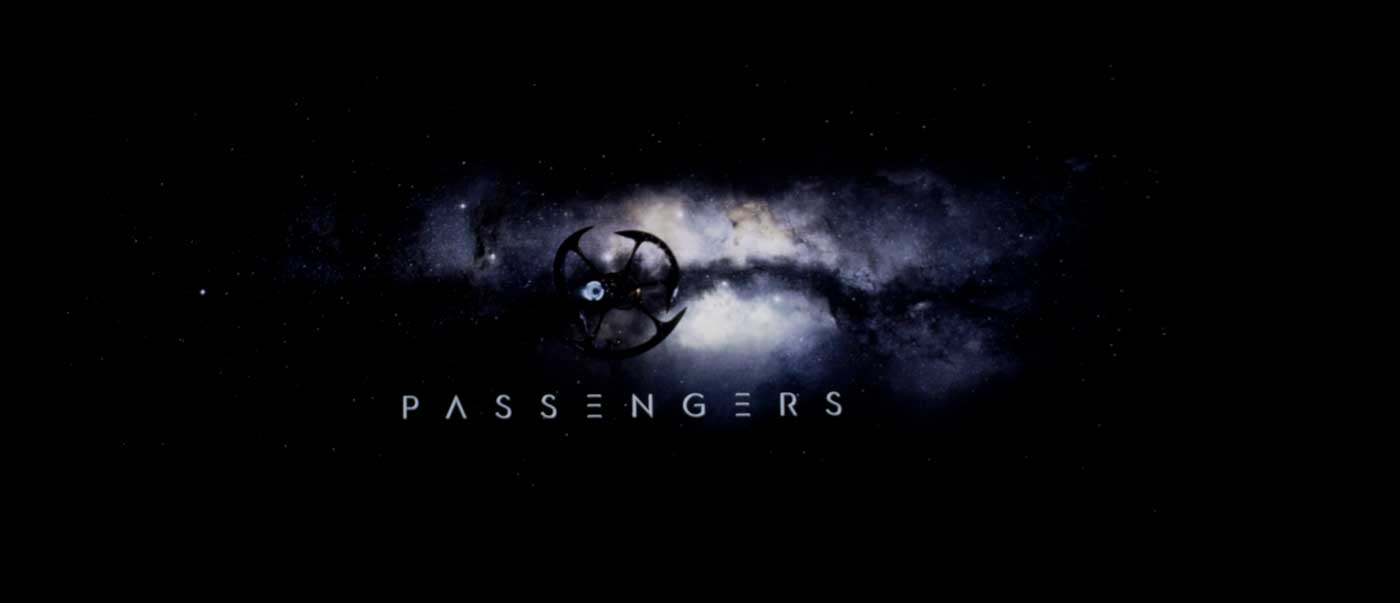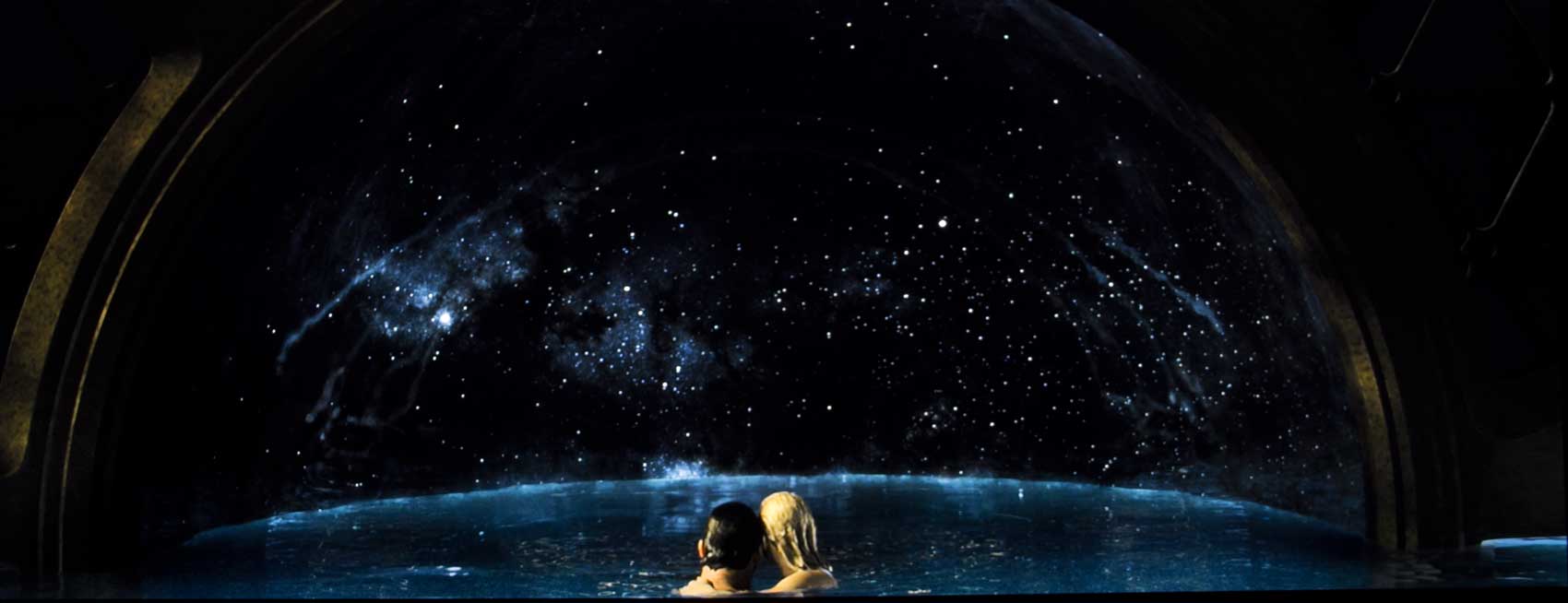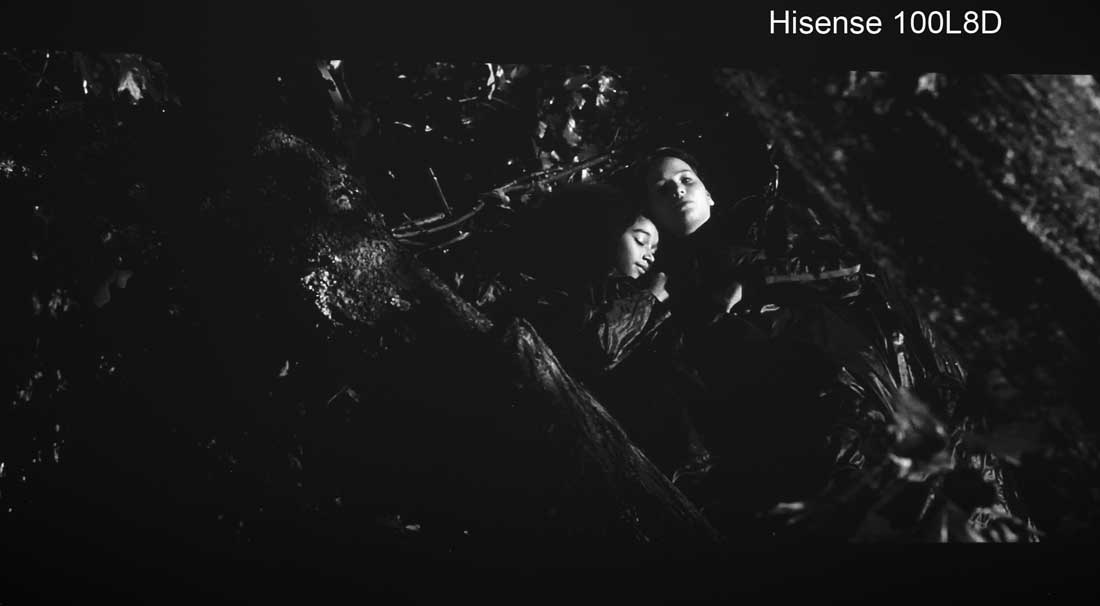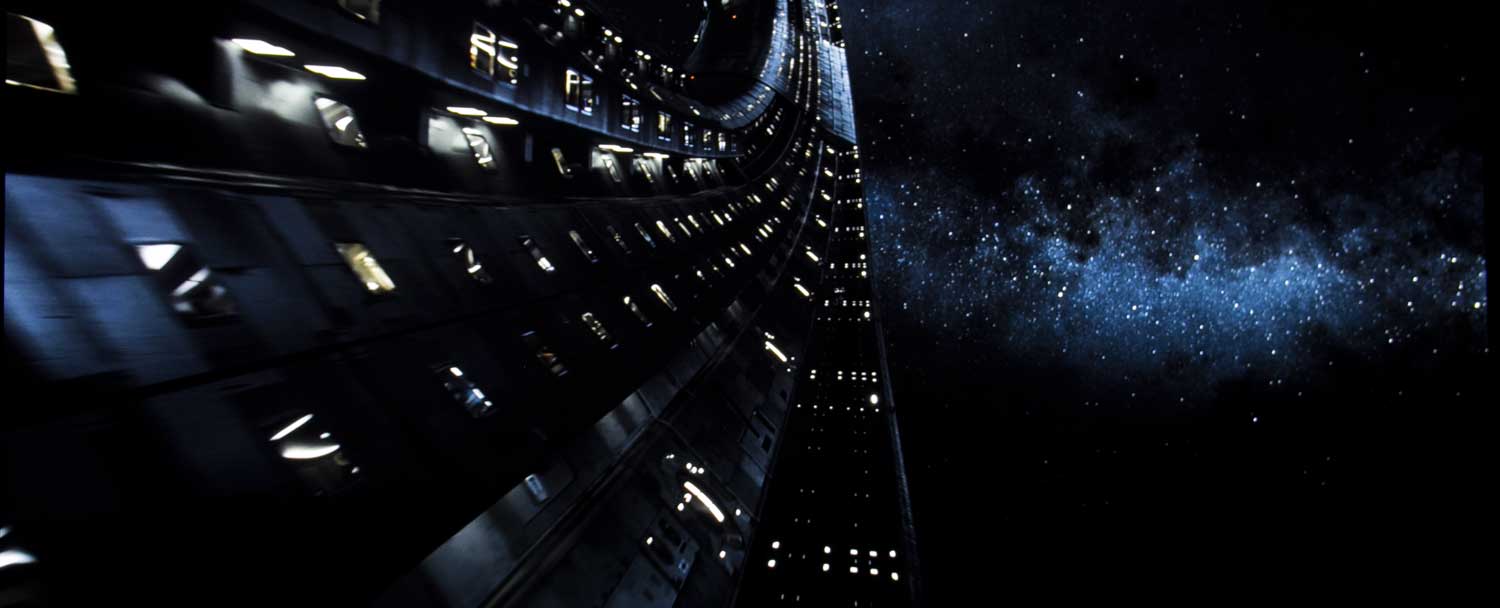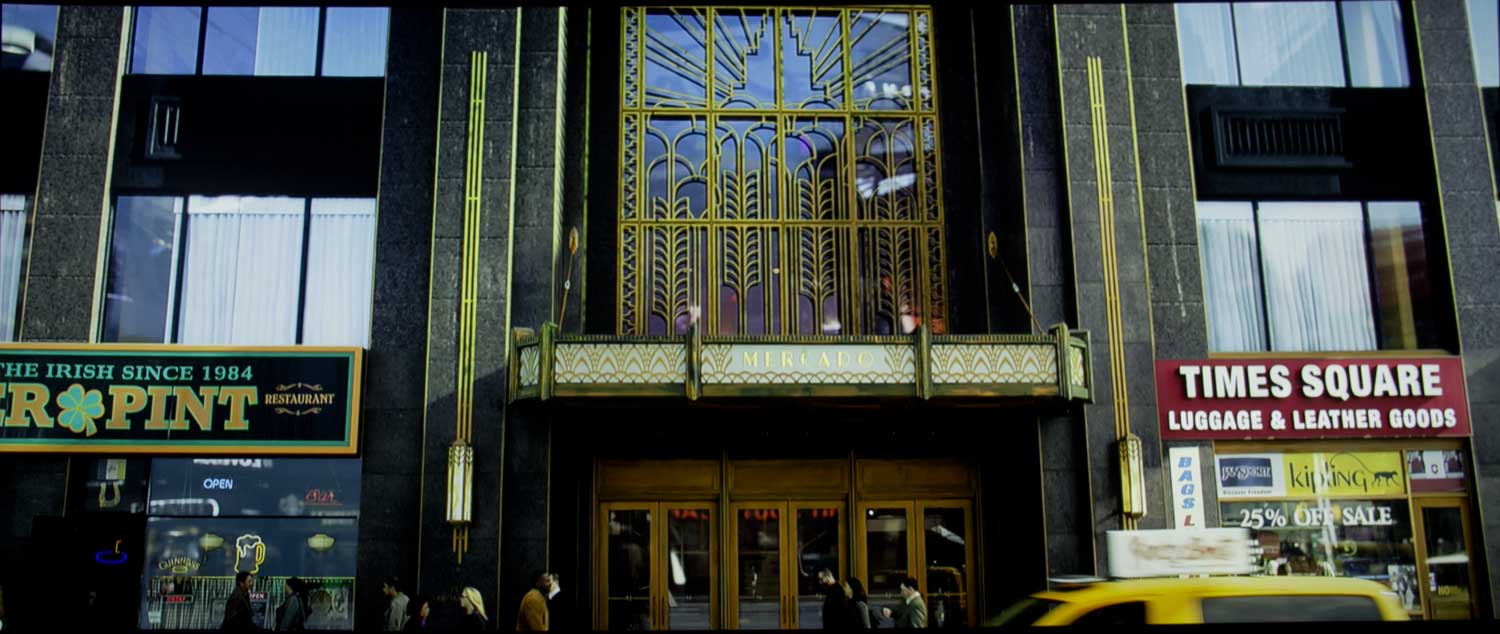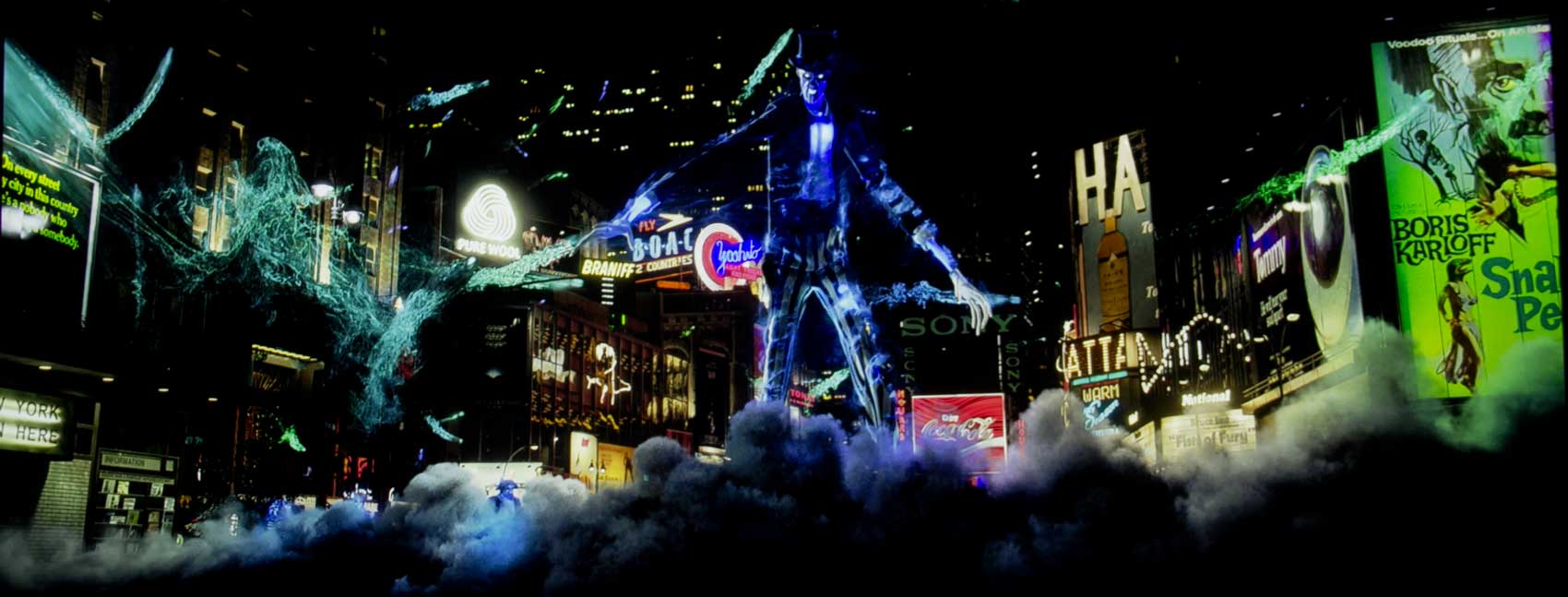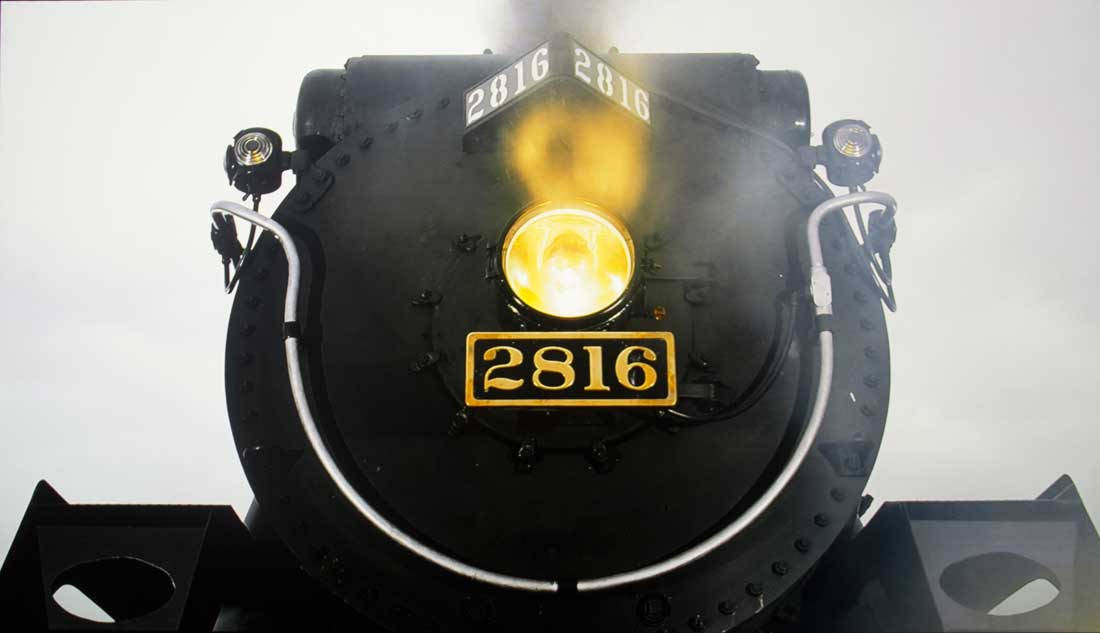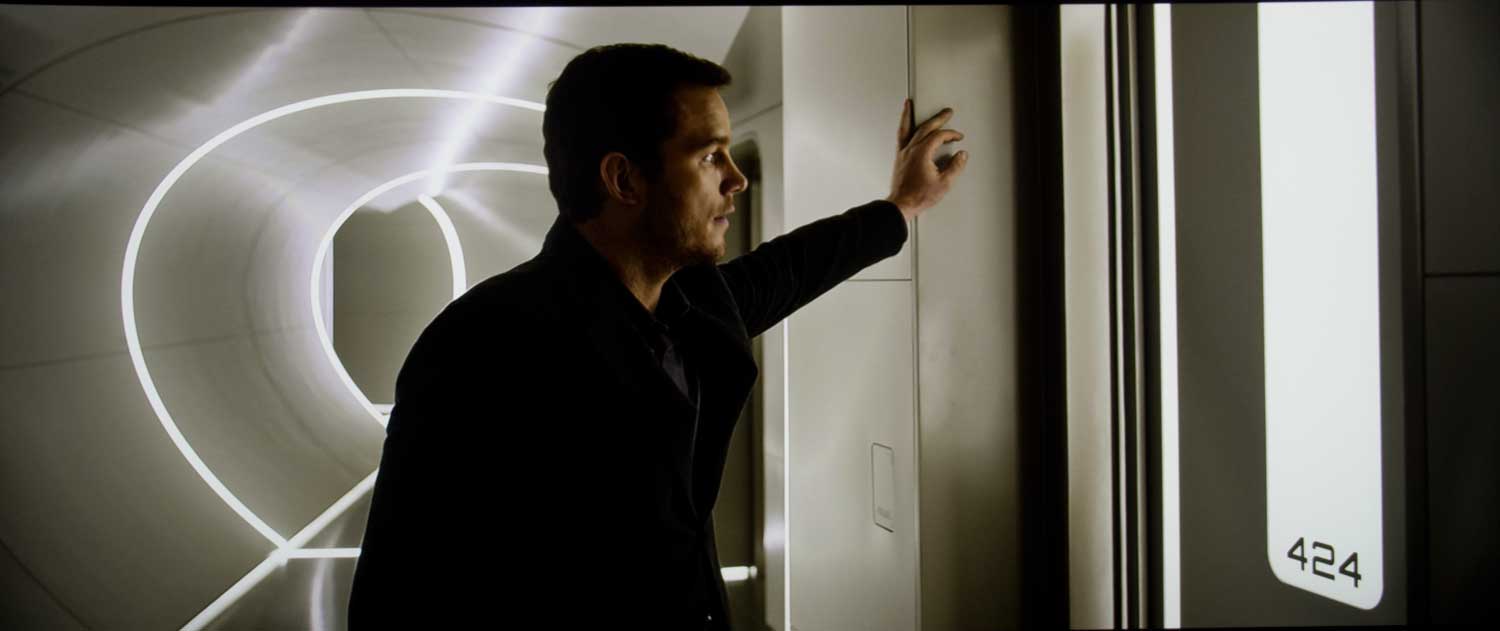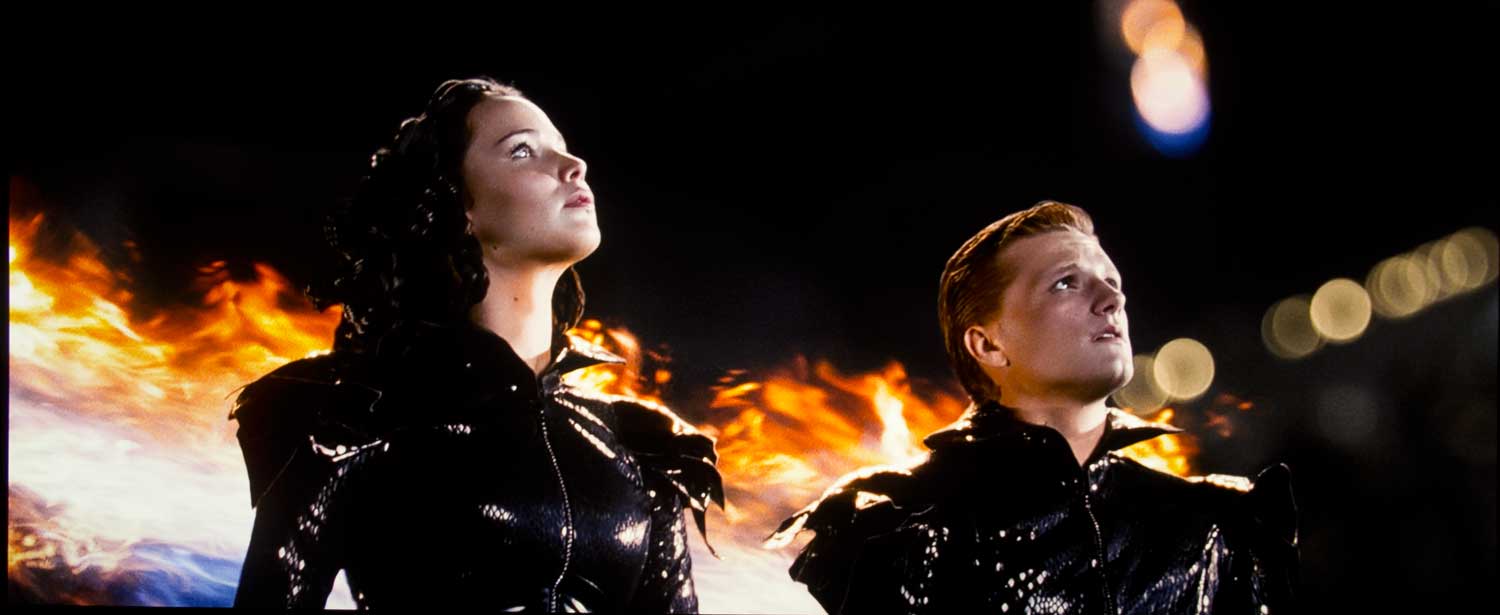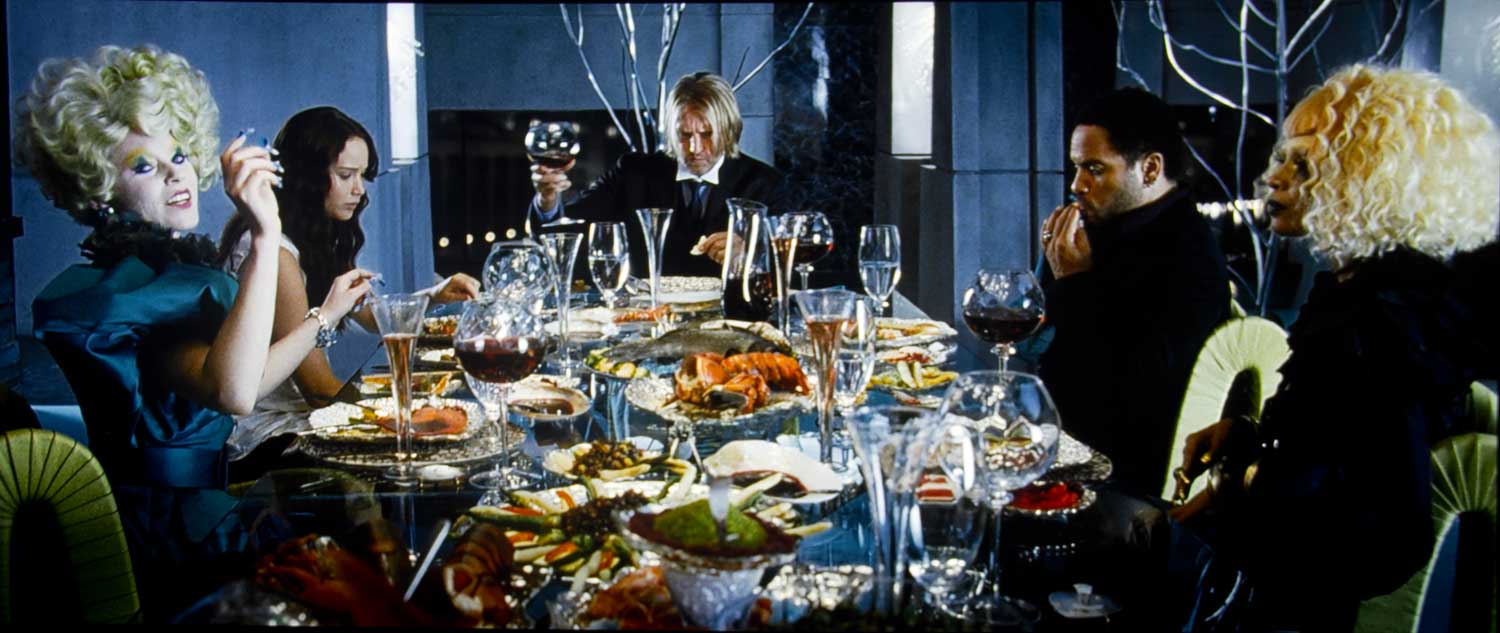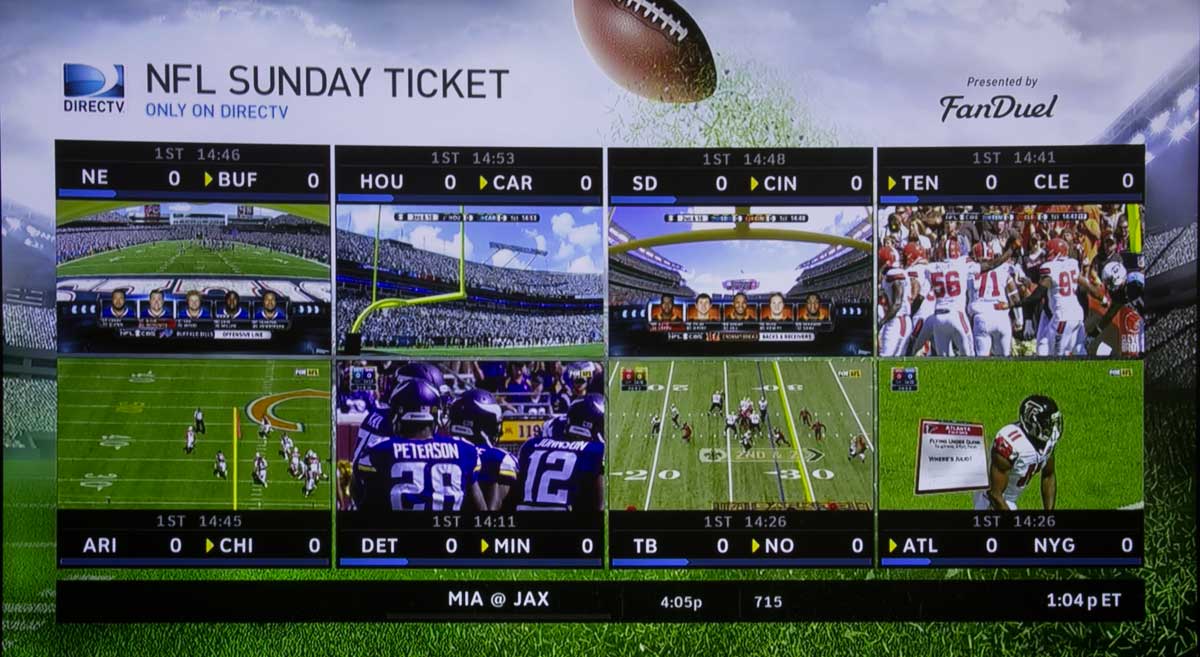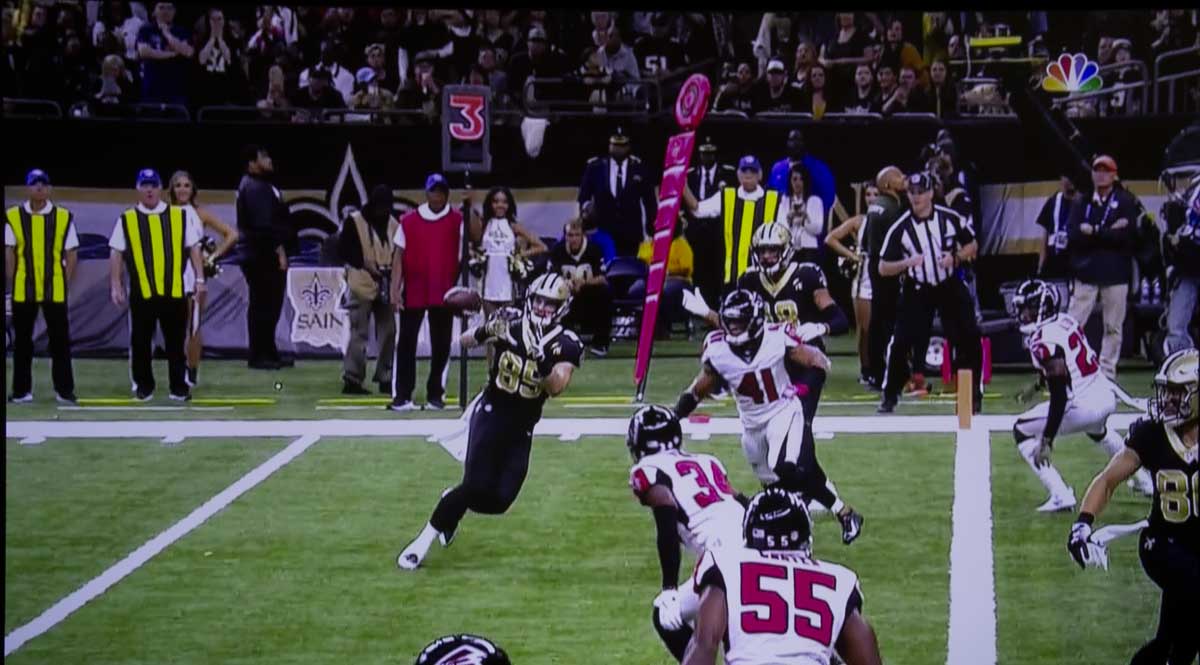As has been the case with almost every 4K UHD DLP projector (aka laser TV in this case), black level performance is pretty basic by today’s standards. TI’s DLP chips have not seen a really significant improvement in native contrast for almost a decade. Back then they had the best. Now one of the LCoS brands – JVC has the deepest blacks thanks to a lot more native contrast in their LCoS panels vs. DLP chips.
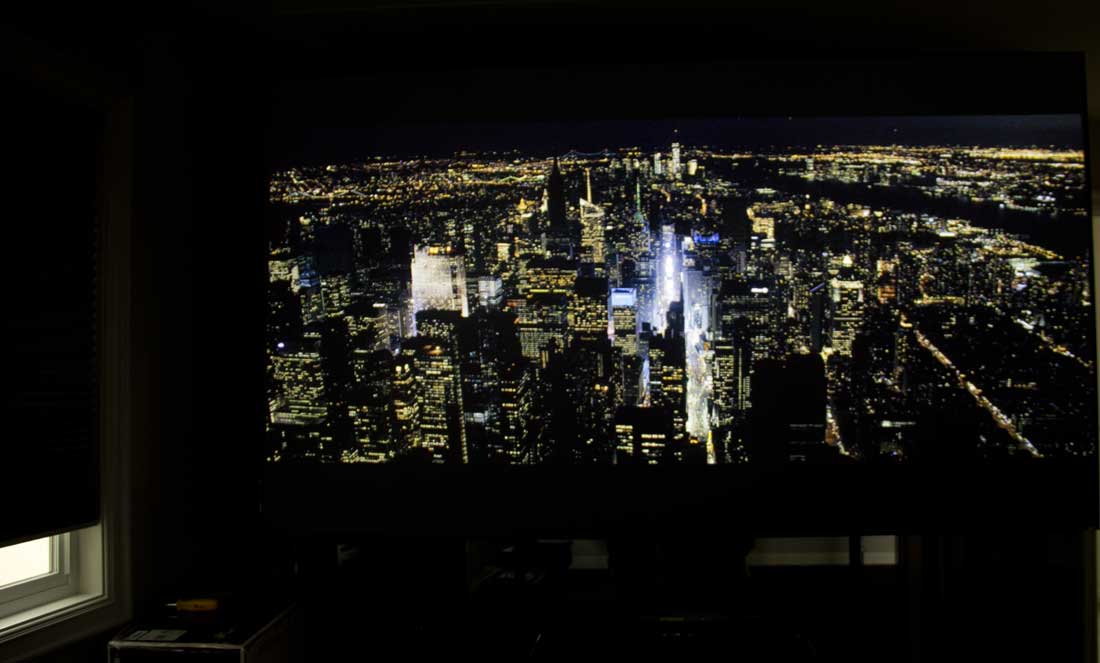
Dark city scape shot in testing room with shades open a few inches at the bottom to let in some daylight
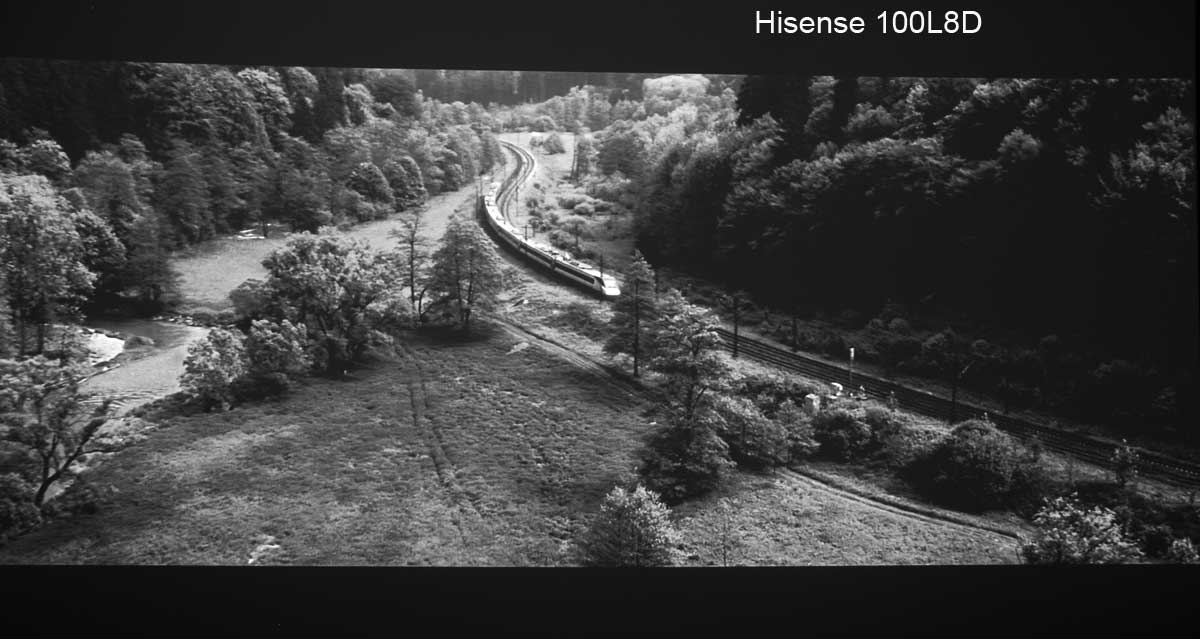
Not a whole lot of range between brightest and darkest areas. That said, this image is a bit underexposed compared to most of the others. Black level performance, though is pretty basic.
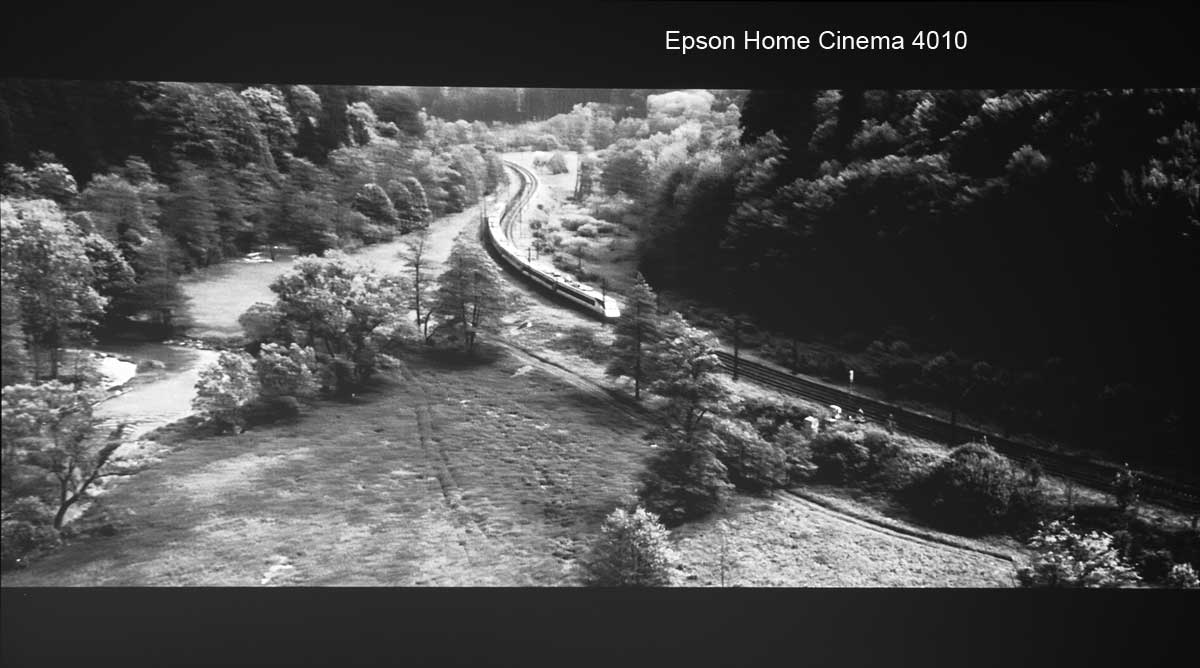
The recently reviewed Epson HC4010/PC4050. These are $2Kish, and lower resolution (1080p pixel shifters x 2), with dynamic iris. Roughly comparable black levels.
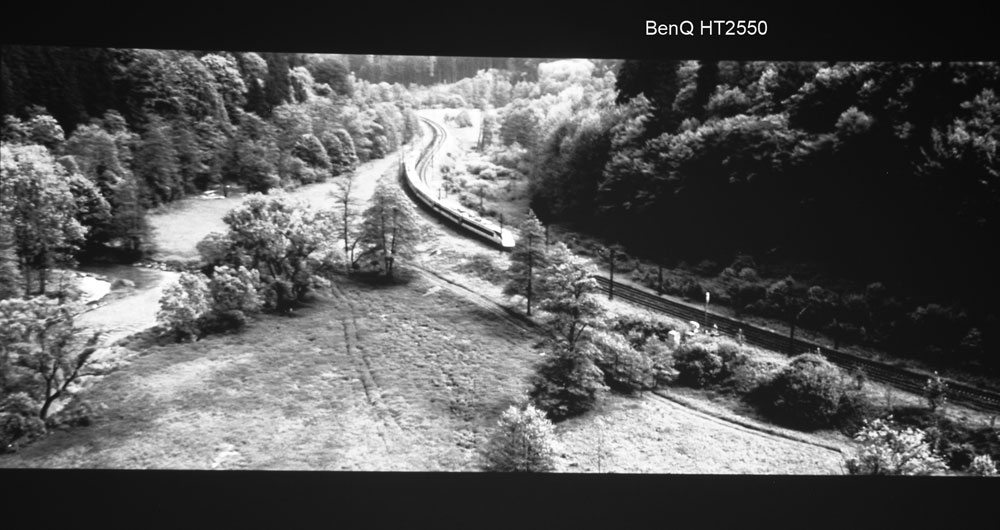
Perhaps our favorite low cost over $1000 4K UHD small projector, the BenQ HT2550 does a slightly better job than most entry level 4K UHDs when it comes to blacks.
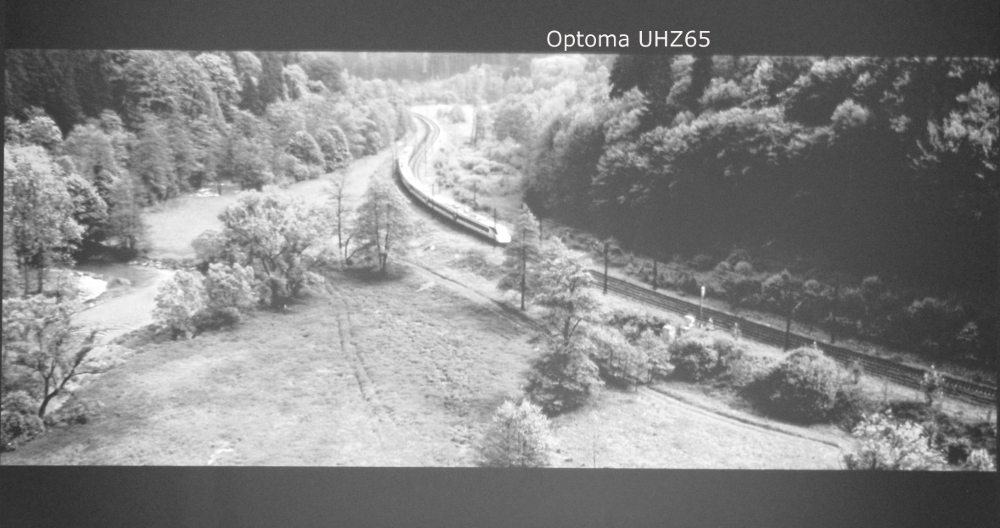
Optoma's UHZ65 4K UHD laser projector - standard throw, not UST, but also basic in terms of black levels. Again, little range between brightest and darkest. (But this image more overexposed.)

Sony's VPL-VW295ES - LCoS (SXRD) for $4999.99, so similarly priced when bundled with a quality screen, audio... Better black levels - deeper blacks, more contrast) than the Hisense.
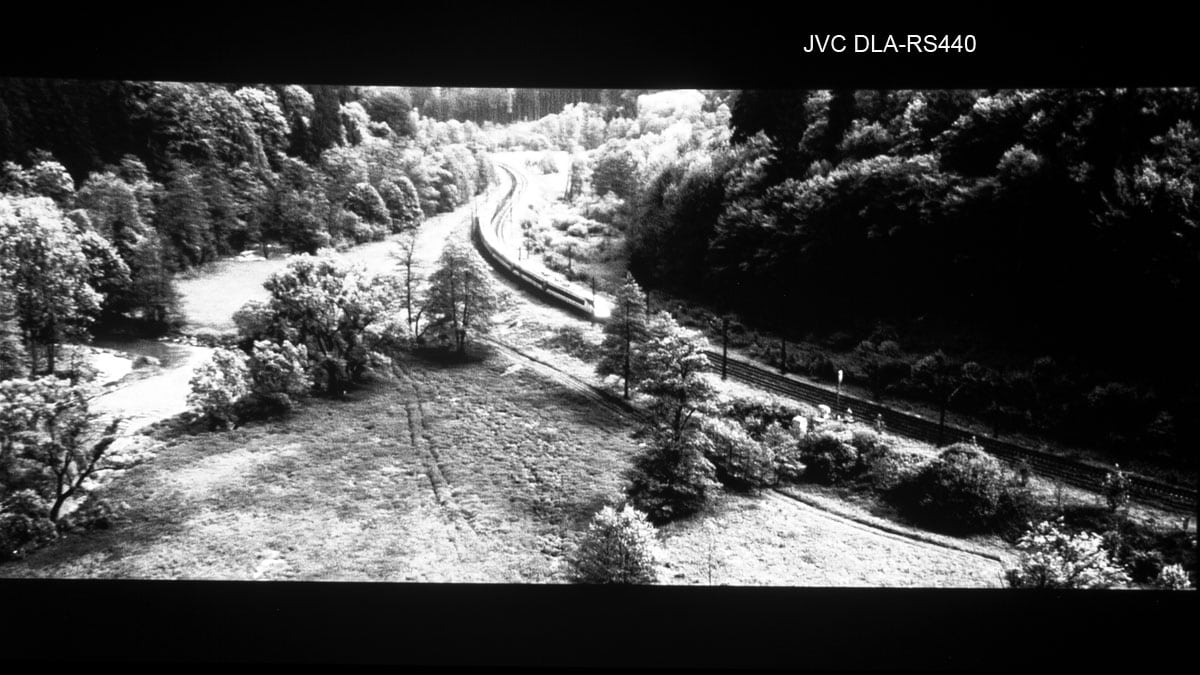
JVC's RS440 - just discontinued - A 4K capable 1080p pixel shifter. Has the best blacks of any projector reviewed recently. What we are looking for on this scene - lots of range between brightest and darkest.
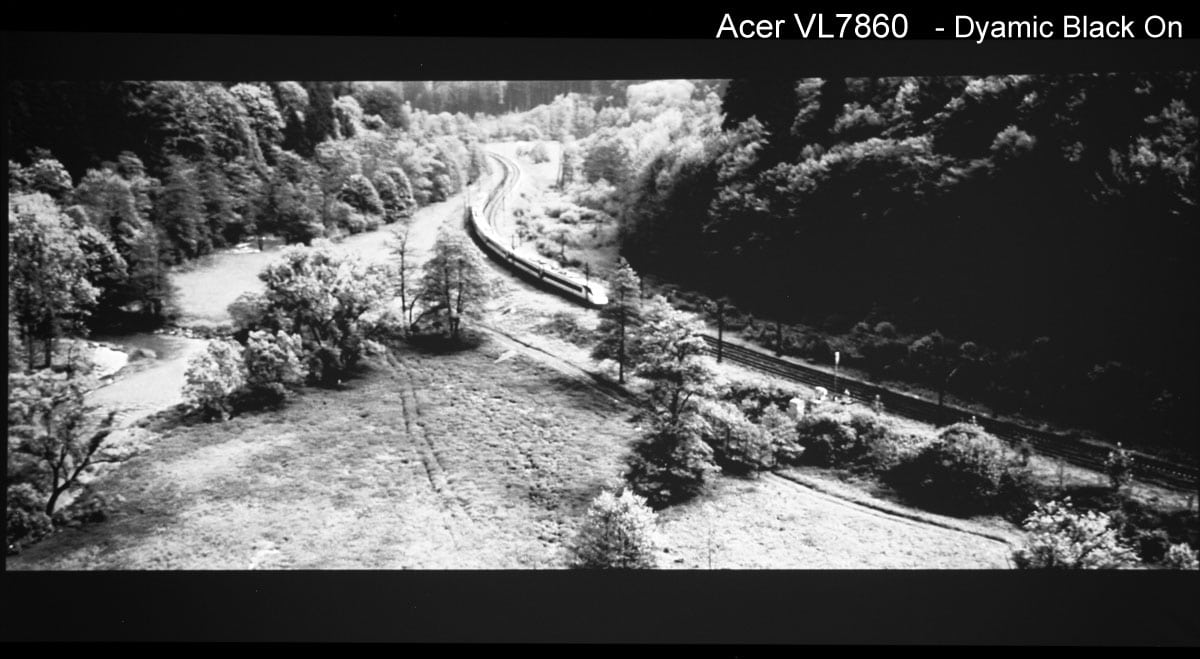
Acer's VL7860 is 4K UHD laser projector (standard throw) which uses its laser engine as a dynamic iris - the best black level performance yet, we've seen, from a 4K UHD DLP projector, besting the Hisense.
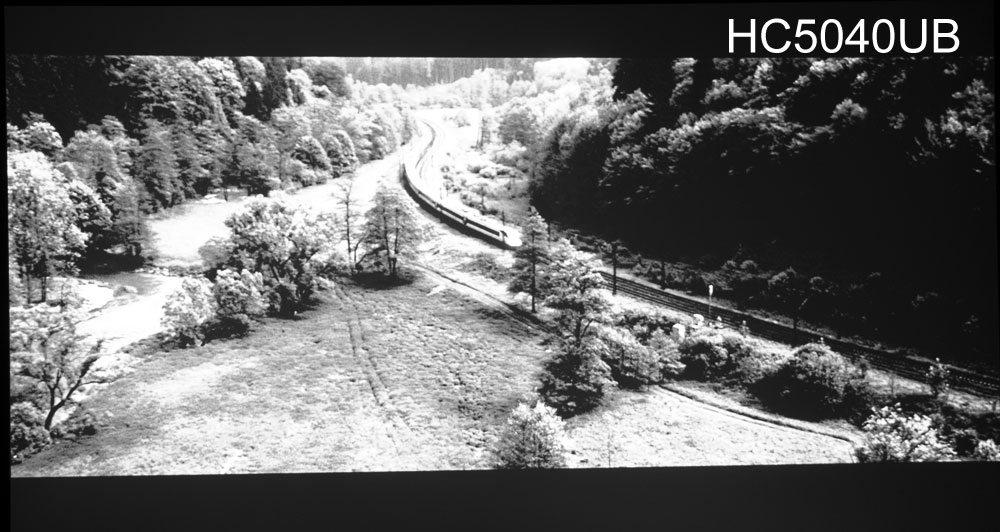
Epson's soon to be replaced Home Cinema 5040UB - Best black levels on a budget - $2299 street price these days. Far better than the Hisense, represents our minimum for good ultra high contrast blacks.
❮
❯
While the LCoS and 3LCD manufacturers have almost all added fast dynamic irises to help with the perceived black level performance. By comparison very few DLPs have such dynamic irises. Now, understand, native contrast is better. In some ways an iris is a cheat, but on extremely dark scenes, a well devised dynamic iris gives a projector a real advantage on those scenes. (I mention elsewhere, but so far, the only two companies doing an impressive job of using a laser engine as dynamic iris are Acer (VL7860) and Sony (VW995ES – the $39,999 projector I mentioned above.)
Still projectors like Epson’s UB series (starts around $2500), or the entry level JVC LCoS ($3999) and they both have much deeper blacks. Sony’s two native 4K projectors stack up his way, Their $4999 model has comparable, or slightly better blacks and their new $9999 VS695ES has much better blacks (that Sony's $10K price, of course, does not include any audio (let alone impressive sound that the Hisense produces), nor an expensive light rejecting screen. Nor are those Sony projectors smart.
Bottom line on Black Level Performance. Blacks could be blacker, which would be better. Yet, I primarily see this projector operating in most homes in rooms with at least a little ambient light so that, even with an ALR type screen, you lose the advantage that you get from having truly great black level performance in a room that is fully darkened. And, ideally that room has dark walls, floors and ceilings (aka home theater or “man” cave).

